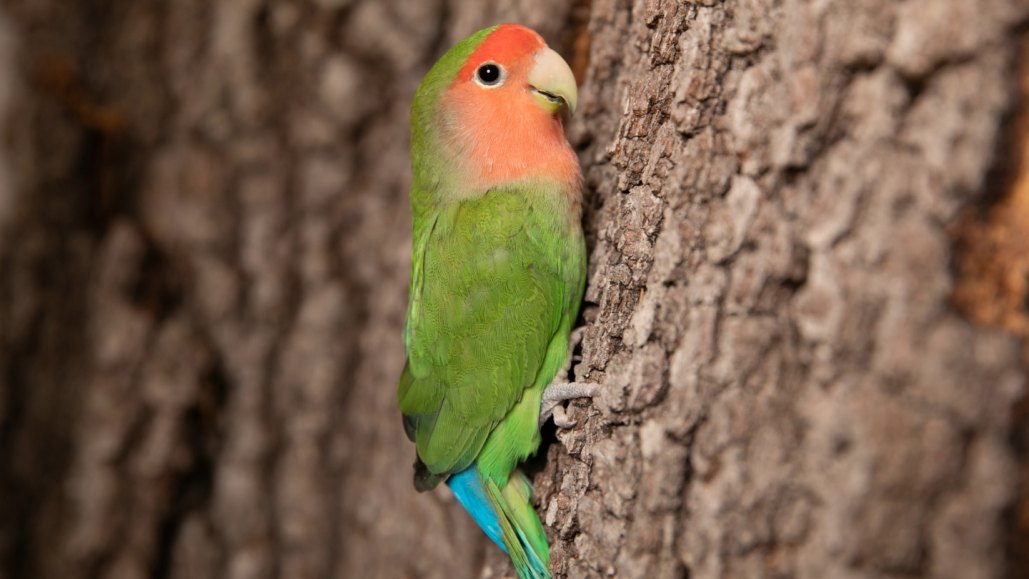Parrots can move along thin branches using ‘beakiation’
The sidestep involves shuffling across the underside of a branch using both feet and the beak

Parrots, such as this rosy-faced lovebird (Agapornis roseicollis), can travel along thin branches using “beakiation” — a side-swinging motion that involves their beaks and feet.
Steven Gaines